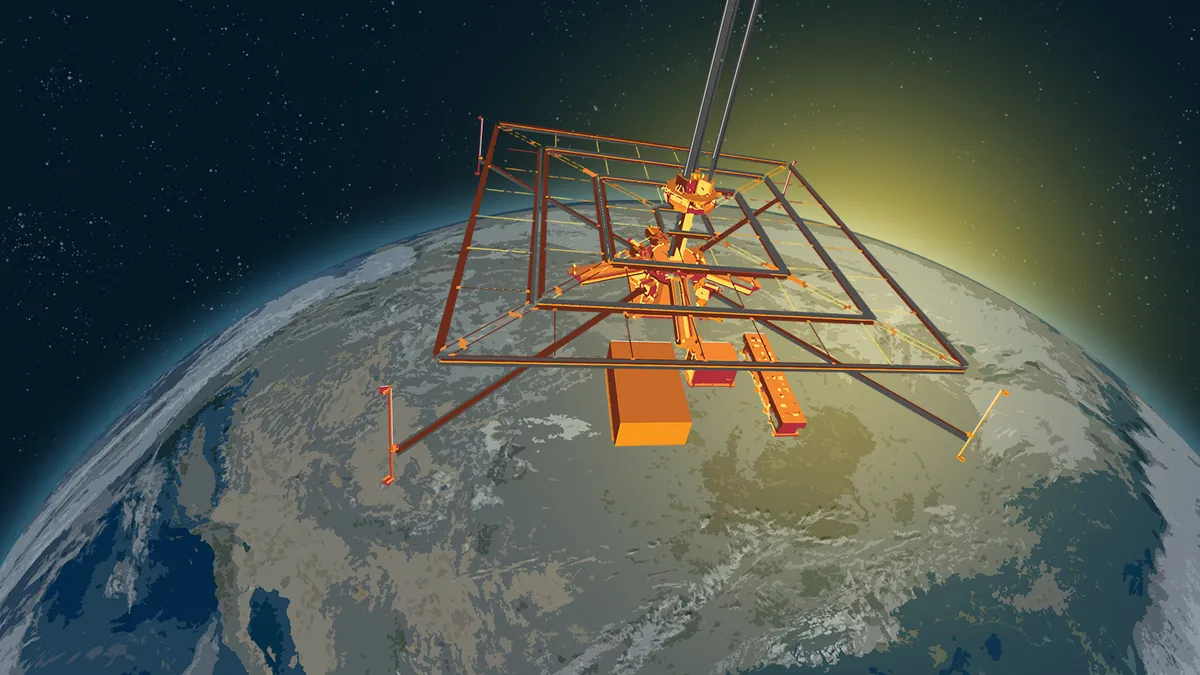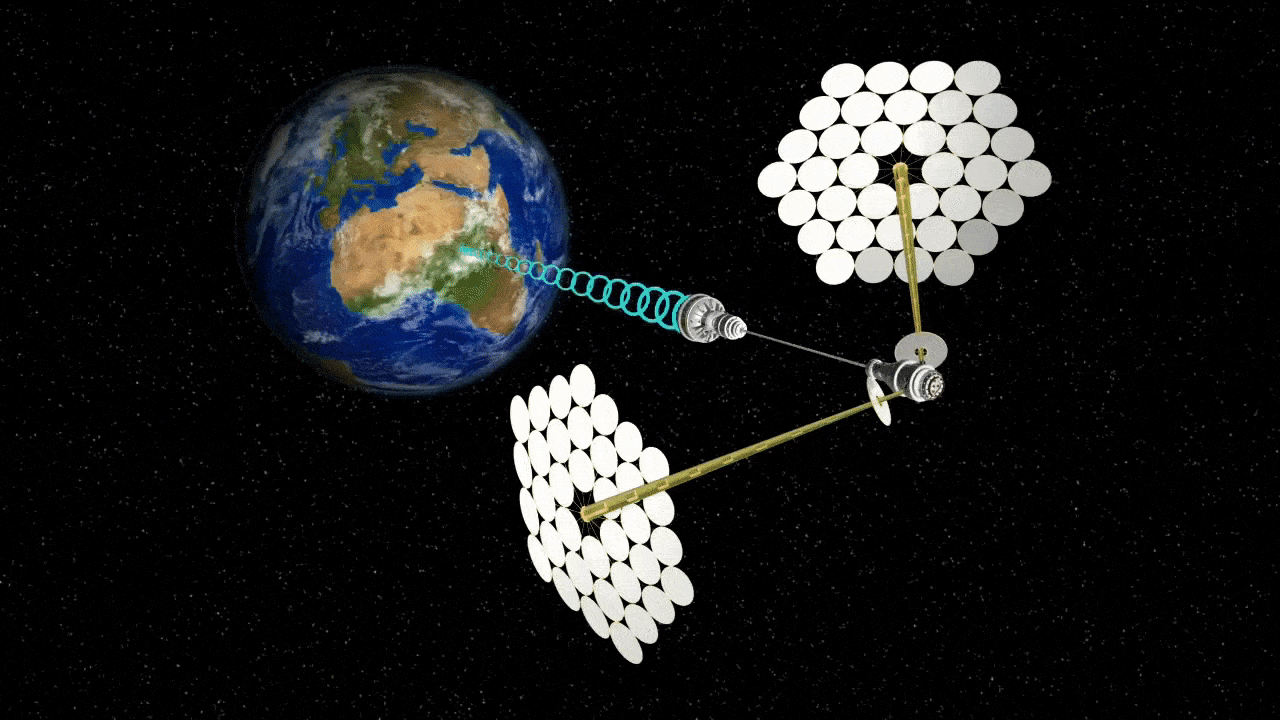In the early hours of this morning, a 5.8GHz microwave beam invisible to the naked eye was accurately shot from the "Xihe" experimental satellite 360 kilometers above the ground to the northwest desert, lighting up the LED matrix on the 50-square-meter ground receiving array. This 12-minute trans-atmospheric energy transmission test marks the first time that humans have achieved an end-to-end energy closed loop for a space photovoltaic power station, and a historic step in the commercialization of space energy.
Technological breakthrough: "Energy Rainbow" from science fiction to reality
This test, led by China Aerospace Science and Technology Corporation and the UAE MBR Space Center, has overcome three core technologies:
Ultra-light photovoltaic array: thin-film perovskite-gallium arsenide stacked cells achieve a 42% photoelectric conversion rate, and a unit weight power density of 3kW/kg, which is 15 times higher than the photovoltaic panels of the International Space Station.
Microwave beam focusing: 128 sets of phased array transmitting modules form an "energy lens", which still controls the microwave beam divergence angle within 0.1 degrees under ionospheric disturbances, and the ground energy density fluctuation is less than 5%.
Atmospheric penetration: Using the 5.8GHz frequency band to penetrate clouds and rain, it still maintains an 83% transmission efficiency in sandstorm weather, and the ground receiving power conversion rate reaches 62%.

Future vision: 24-hour "energy umbilical cord"
At the Northwest Desert receiving station, engineers are debugging the second-generation receiving device-a thin-film rectifier antenna with an area of only the size of a mobile phone. The project team revealed that three major leaps will be achieved before 2030:
Energy density: The ground receiving power is increased to 20kW/m², which can be used to fully charge 1 kWh of electric vehicles in 7 seconds.
Orbital network: Three power stations are deployed in the 36,000-kilometer geostationary orbit above the equator to achieve 24-hour power supply in 98% of the world.
Cost revolution: Reusable rockets will reduce the launch cost to 200/kg, and the price of space electricity is expected to drop to 0.05/kWh.
"When the low-Earth orbit is full of energy satellites, mankind will completely say goodbye to power outages." Sarah Johnson, director of the Space Energy Laboratory at the California Institute of Technology, predicted, "This is not only an energy revolution, but also a leap in the level of civilization."

 Hot News
Hot News2025-11-21
2025-11-19
2025-11-12
2025-11-11
2025-11-05
2025-11-04